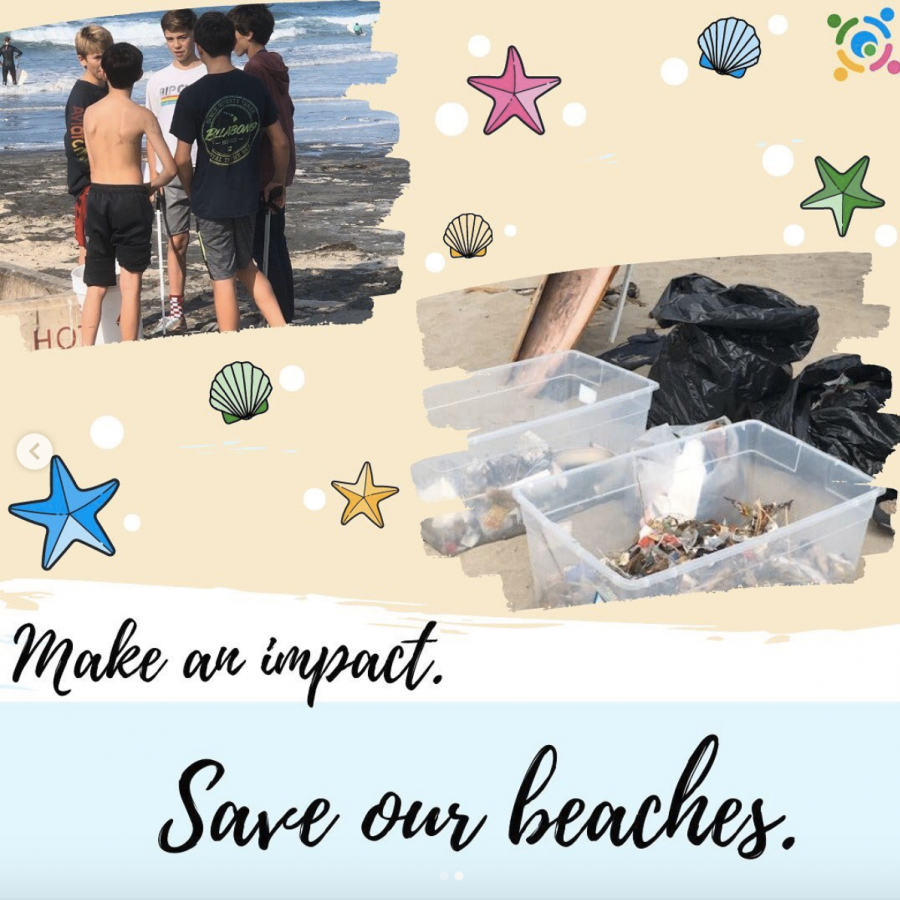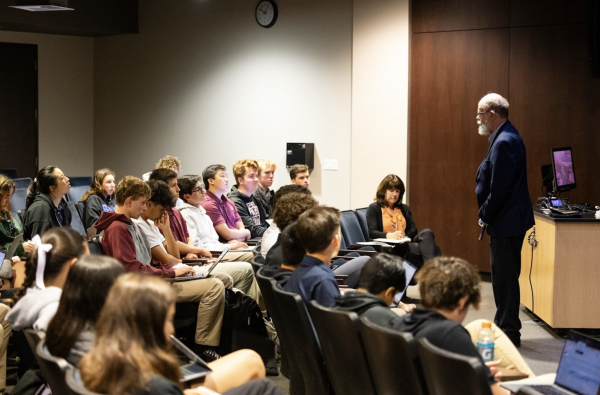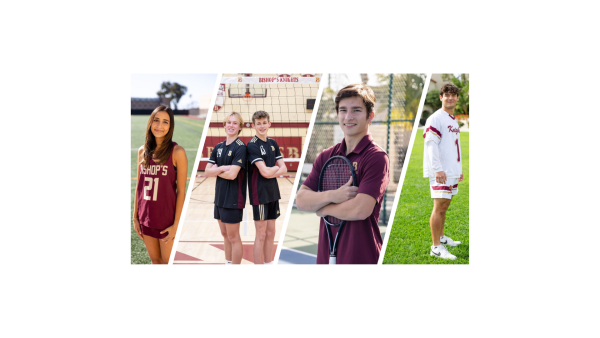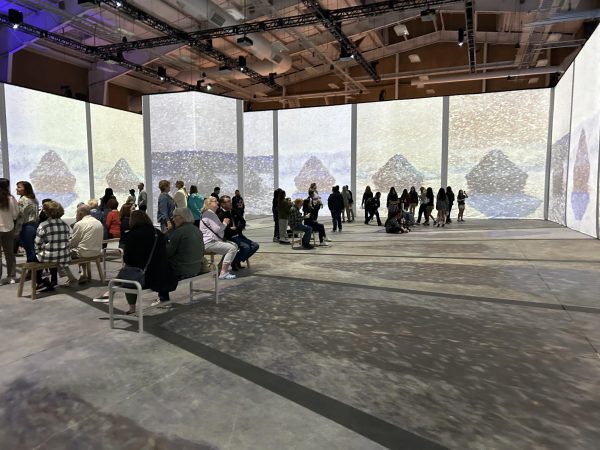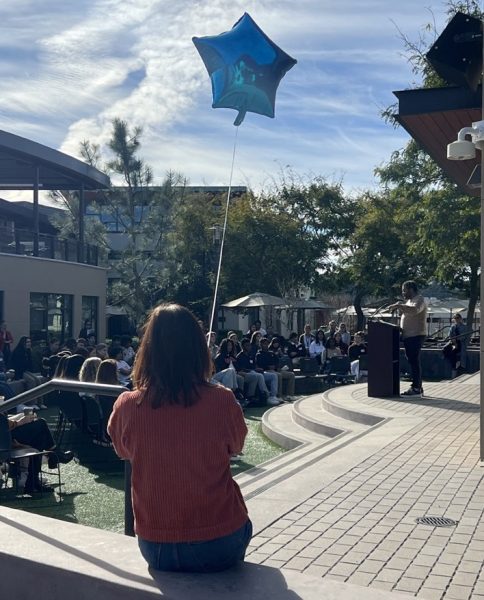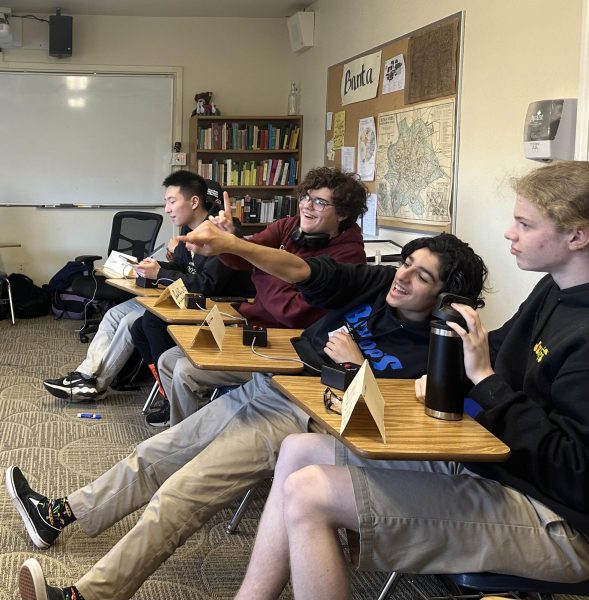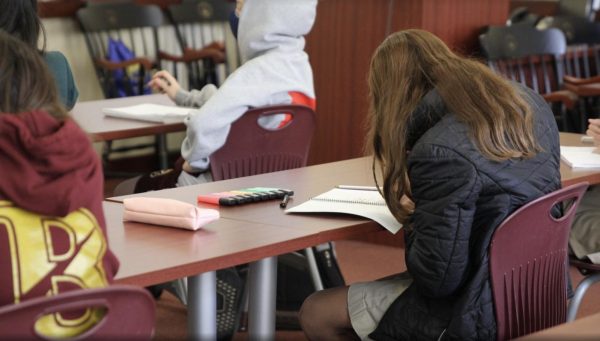Service Switch: How Student Service Projects Changed in Light of COVID
Photo courtesy of @impacts_in_isolation on Instagram
On their Instagram account, Impacts in Isolation posts photos to highlight students who have taken strong initiative to serve their communities.
Many high school students here at Bishop’s utilize their three-month summer vacation to complete their yearly service learning requirement of twenty hours. With closures due to COVID-19 sweeping through San Diego, such students have been left with few of the community service opportunities that they are used to having. While the minimum amount of hours for the 2020-21 school year has been reduced to ten, students are still required to serve their communities in some capacity.
Faced with such obstacles, many students have gotten creative and found new ways to get involved with their communities without leaving the safety of their homes. The primary types of service in quarantine tend to fit into three distinct categories: making items at home to donate to local charities, adapting pre-existing programs to function online, and creating new programs that easily lend themselves to operating over the internet.
Making items at home to donate
This style of service during closures is good for many reasons. Not only are you helping organizations save money during these uncertain times but you also can fit your service hours into any free time you may find in your day.
Healing Little Heroes Foundation is a domestic nonprofit organization based in San Diego, California. Their Beanie Project became a popular service program at Bishop’s in the 2019-20 school year. The Associated Student Body Council (ASBC) provided any interested Upper School advisories with kits that contained the materials to make the beanies. The kits consisted of a circular loom, crochet hooks, thick yarn, and an instruction sheet. After the beanies were made, they were donated to local hospitals for children and teenagers battling cancer.
Senior Brooke Waite got involved with this project before COVID-19 hit and has continued to make the beanies throughout spring and summer. She has knitted over fifty beanies for the program, only stopping when her supplies began to dwindle. When asked what drew her to this project and inspired her to stick with it, Brooke noted, “It is very rewarding work, as many of my family members have suffered from cancer,” going on to say, “I know my time making these hats is going towards a great cause.”
Adapting pre-existing programs
While closures have shut down in-person service opportunities, many nonprofit organizations have found creative ways to operate over the internet. This allows volunteers to stick with the programs that they are passionate about while still following the Center for Disease Control (CDC) guidelines.
Seniors Lila Chitayat and Kian Tayebi cofounded Creative Sanctuary, a nonprofit organization focused on bringing art to local refugee centers to give the kids there a creative outlet to express themselves. There was no way to replicate this program over the internet, as it requires some supplies that the centers may not have regular access to. This realization prompted Lila and Kian to hold an art supplies drive, allowing them to assemble twenty-four personalized art kits for refugee families residing in City Heights, San Diego. After the success of this fundraiser, the pair hosted a food drive and are in the process of planning a toiletry drive.
Creative Sanctuary also collaborated with Senior Naomi Deokule’s nonprofit, Project Tasveer, which strives to make progress in India through photography and the arts. Together, they held a creative art and mindfulness workshop for forty participants in early August. Lila recognizes that service during closures has been difficult, but she has still found value in it, saying “while service during COVID-19 has been difficult, it’s also been really fun coming up with new ways to serve our community during this time.”
Creating new programs
Many students who have had the service carpet pulled out from under them have used the current global climate as an opportunity to serve in ways they had not previously considered. This not only promotes a global perspective but also allows for students to think about their true passions.
Impacts in Isolation is an organization founded by nine teenagers from around the world. The goal of this organization is to bring students together to make a change in their individual communities during COVID-19. They host a wide range of programs, including Night Bites, a nonprofit dedicated to making baked goods for night-shift healthcare workers, and Masks for Hunger, which donates the profits from homemade masks to Project Bread. Other programs offer face-to-face (or “screen-to-screen”) interaction. An example of this is Super Story Time, where students read children’s stories over Zoom to give parents a break.
Lev Grezemkovsky (‘25) has recently become involved with Impacts in Isolation. Grezemkovsky has organized various socially-distanced beach cleanups around San Diego. His goal is to spread awareness about pollution and to create a cleaner environment for the humans and animals who live in it.
Director of Service Learning Jackie Gomez is really impressed with all the creative service projects that students have come up with during this time, and encourages students to get involved if they have not already, saying, “it’s not too late to do so!”
Everyone’s lives have been affected by COVID-19, whether in big or small ways. While it would be such an easy time to abandon community service projects due to closures, it is clear that now—more than ever—volunteers are needed to keep programs running. Service hours might be harder to come by and projects might be canceled or altered, but there are still many creative and effective ways to serve your community.
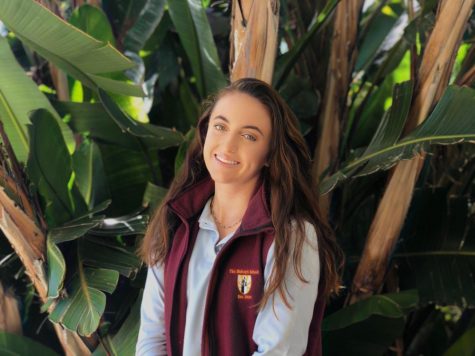
Lucie Edwards joined The Tower near the beginning of her sophomore year, where she developed a love for graphic design and layout. In her free time, she...


